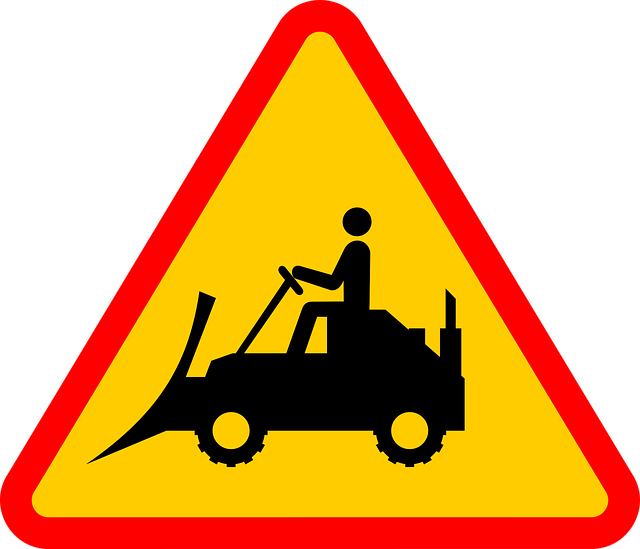In critical situations, emergency wildlife control services address threats from animals to humans, property, or other species. Specialized removal experts use humane techniques and equipment to mitigate hazards like aggressive behavior and disease transmission while preserving ecosystem balance. Prompt action against invasive species is crucial, with professionals employing live trapping and non-lethal deterrents for safe capture and relocation. Certified services prioritize safety, effectiveness, and environmental friendliness, ensuring peaceful coexistence with nature. Home protection measures and adherence to legal regulations are vital for preventing future wildlife invasions and maintaining sustainable practices in emergency wildlife control.
In the face of unexpected wildlife encounters, swift and humane emergency control becomes a vital service. This comprehensive guide explores the crucial role of emergency wildlife control, offering insights into its necessity, from managing invasive species to ensuring safe removal. We delve into various scenarios, including identifying common wildlife emergencies and understanding legal regulations.
Learn about effective protection measures to deter future invasions and discover the importance of professional services in handling these delicate situations, all while emphasizing responsible wildlife management through humane practices.
Understanding Emergency Wildlife Control: When and Why It's Necessary

In many situations, emergency wildlife control becomes a necessary measure to address immediate and often critical issues related to animal encounters. This involves prompt action when wildlife poses an imminent threat to human safety, property, or other animals. Emergency wildlife control services are called upon when standard deterrence methods have failed or when the situation demands swift intervention.
Prompt intervention is crucial in managing potential hazards caused by wild animals, such as aggressive behavior, disease transmission, or damage to property. Wildlife removal experts employ specialized techniques and equipment to handle these emergencies effectively. Their goal is to resolve the issue humanely, ensuring the safety of both humans and the affected wildlife while minimizing disruption to the local ecosystem.
Common Wildlife Emergencies: Identifying Invading Species

In many regions, wildlife emergencies often involve invasive species that pose significant threats to local ecosystems and human health. Identifying these intruders is a critical first step in effective emergency wildlife control. Common scenarios include the sudden appearance of non-native plants or animals in a new habitat. For instance, rapid proliferation of exotic plants can disrupt native flora, leading to ecological imbalances. Similarly, invasive animal species like foxes, raccoons, or snakes can cause property damage and pose risks to domestic pets and humans.
Prompt action is essential when dealing with such emergencies. Wildlife removal specialists employ specialized techniques to capture and relocate these species humanely. Their expertise ensures minimal disruption to the environment while effectively addressing the immediate concern. Regular monitoring and early detection play a vital role in preventing the further spread of invasive species, maintaining the delicate balance of local ecosystems, and mitigating potential hazards associated with wildlife emergencies.
Safe and Humane Methods for Wildlife Removal

When it comes to wildlife removal, ensuring safety and humane treatment is paramount. Professional emergency wildlife control services employ a range of safe methods tailored to different species and situations. These techniques prioritize the well-being of both the animals and the people involved. One common approach is live trapping, which allows for the capture of creatures without causing them harm. Trained experts set up traps that are specifically designed for certain species, providing a secure enclosure while waiting for the animal to be safely relocated.
Another humane method is the use of deterrents and exclusion strategies. These non-lethal techniques aim to encourage wildlife to leave an area voluntarily. By blocking entry points, securing trash cans, and employing scent repellents, professionals can guide animals back into their natural habitats without resorting to lethal force. Such methods not only ensure the safety of the creatures but also foster a harmonious relationship between humans and wildlife, promoting the preservation of our shared environment.
Professional Wildlife Control Services: Who to Trust

When it comes to emergency wildlife control, trusting your local experts is paramount. Professional wildlife control services are equipped and trained to handle a range of situations, from humane wildlife removal to prevention strategies. These professionals understand the intricate balance between human habitats and wild animals, ensuring solutions that are both effective and environmentally conscious.
Choosing the right team makes all the difference. Look for companies with proven experience, positive reviews, and a commitment to ethical practices. Certified wildlife specialists should be insured and licensed, guaranteeing a safe and reliable service. They can assess your unique situation, offer tailored advice, and implement long-lasting solutions for peaceful coexistence with the local fauna.
Preventing Future Invasions: Effective Home Protection Measures

When it comes to preventing future wildlife invasions, implementing robust home protection measures is paramount. The first line of defense involves sealing entry points such as gaps in walls, attics, and crawl spaces, using sturdy materials like metal or steel mesh to deter animals from finding their way inside. Regular inspections are crucial, allowing for the early detection of potential issues before they become major problems.
Additionally, maintaining a clean and clutter-free environment around your home can significantly reduce wildlife attraction. Storing food in airtight containers, cleaning up fallen fruits and nuts, and securing garbage cans with tight-fitting lids are simple yet effective strategies to minimize the appeal of your property to wild animals, thus facilitating efficient wildlife removal when needed.
Legal Considerations and Regulations in Wildlife Management

When it comes to emergency wildlife control, understanding legal considerations and regulations is paramount for effective and responsible wildlife management. Each region has its own set of laws and guidelines governing the interaction with wild animals, ensuring the balance between human safety and preserving natural ecosystems. These regulations often dictate the methods employed in wildlife removal, including capture, relocation, or, as a last resort, euthanasia. Compliance with these rules is crucial to avoid legal repercussions and ensure the ethical treatment of affected species.
For instance, some areas have strict permits and licensing requirements for handling wildlife, mandating specific training and equipment for those engaged in removal services. Additionally, certain animals may be protected under conservation laws, making their removal more complex and requiring specialized knowledge to handle these situations appropriately. Staying informed about local wildlife management practices and collaborating with licensed professionals ensures that emergency wildlife control operations are conducted sustainably and in harmony with environmental preservation efforts.
Case Studies: Successful Emergency Wildlife Control Stories

In the realm of emergency wildlife control, real-life case studies offer a glimpse into effective strategies and successful outcomes. One such story involves a bustling metropolis grappling with an influx of urban raccoons. The city’s wildlife removal team implemented a multi-pronged approach, combining habitat modification, trap and release programs, and community education. By addressing the root causes of the issue, they successfully reduced raccoon conflicts without resorting to lethal methods.
Another compelling case highlights the challenges of managing a colony of feral cats in a residential area. Through collaborative efforts between animal control officers, local businesses, and concerned residents, a comprehensive TPR (Trap-Neuter-Return) program was established. This approach not only humanely reduced the cat population but also fostered a sense of community involvement in wildlife management. The success of these initiatives demonstrates the power of tailored strategies, community engagement, and innovative solutions in emergency wildlife control scenarios.
